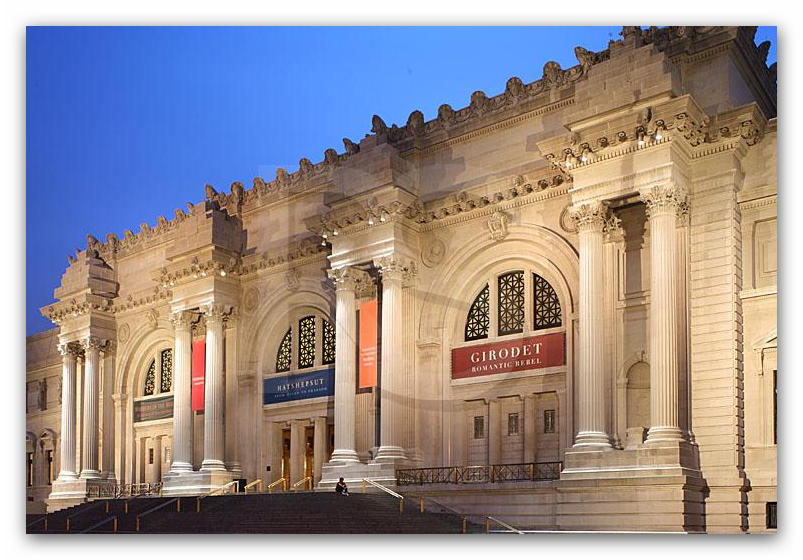Oct 12 2025 - Jan 19 2026
New York City, NY
In ancient Egypt, images of gods weren’t just images—they brought the gods to life. Egyptians believed that it was through their depictions in tombs, temples, and shrines that the deities could enter sacred spaces and become active participants in rituals, offering a vital connection between the human and divine worlds. Over Egypt’s long history, its belief system grew to include more than 1,500 gods with many overlapping forms and traits. Subtle visual cues like what a figure wore, how they posed, or the symbols they carried helped identify them and their roles.
Divine Egypt brings together almost 250 works of art and objects, many of them on loan from institutions such as the Museum of Fine Arts, Boston, the Musée du Louvre, Paris, and the Ny Carlsberg Glyptotek, Copenhagen, to examine the imagery associated with the most important deities in ancient Egypt’s massive body of gods. Depictions of the stately falcon-headed Horus, the lion-headed Sakhmet, and the serene, shrouded Osiris reveal the striking ways the kings and people of ancient Egypt recognized and interacted with their gods.
While the king had a daily direct relationship with the gods in the inner sanctuaries of great temples, people without such access found ways to connect with their gods through rituals, offerings, and objects of private devotion. This immersive look at how deities were depicted reveals the many roles they played in people’s lives, providing them with meaning in front of life’s uncertainties and the permanence of death.
The exhibition is accompanied by a catalog.
Credit: Exhibition overview from museum website
Exhibition Venues & Dates
Oct 12 2025 - Jan 19 2026
New York City, NY
